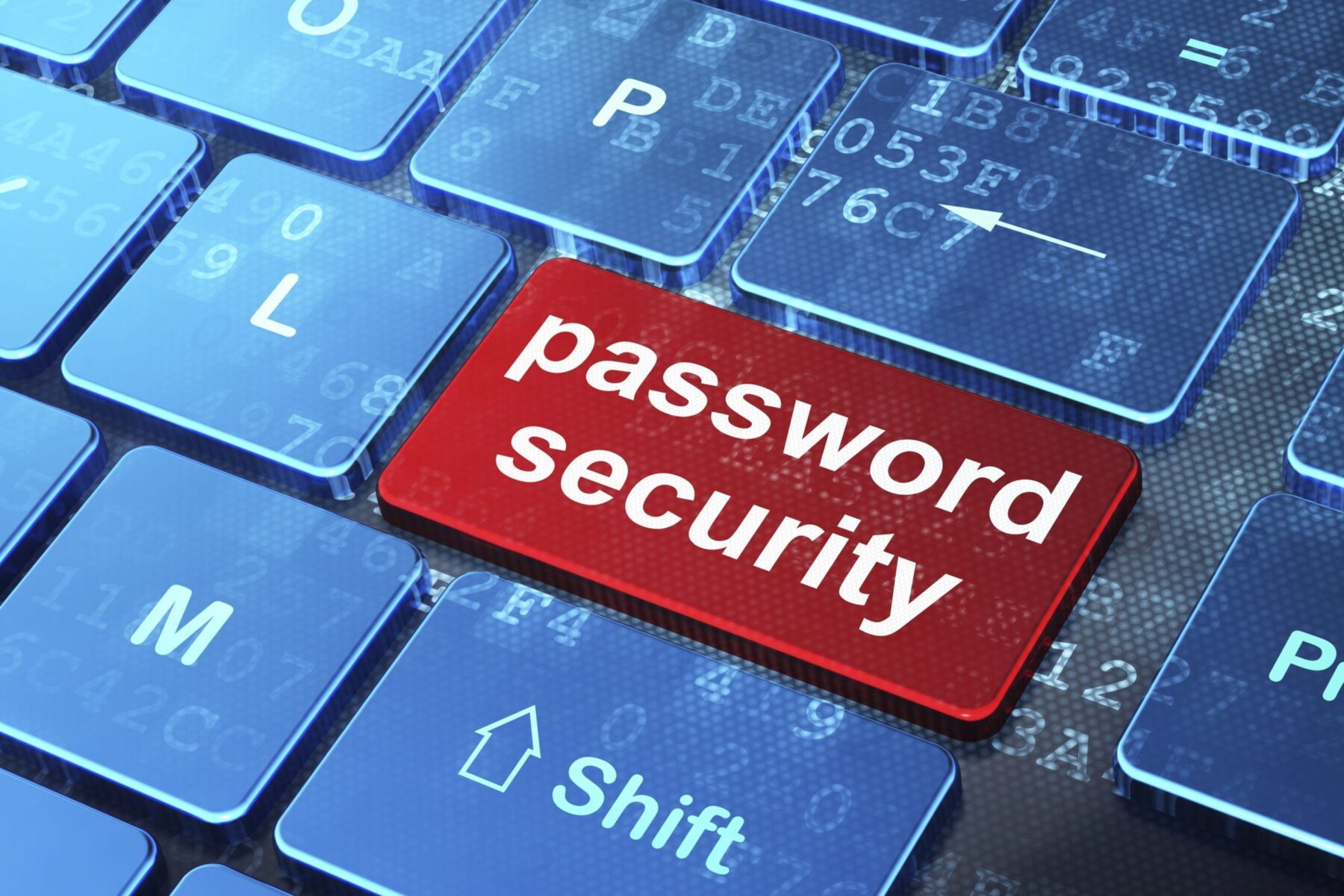In today’s digital age, passwords remain the first line of defense against cybercriminals. Despite the rise of biometrics, passkeys, and passwordless login systems, the vast majority of accounts—from emails to banking apps—still rely on passwords. Unfortunately, weak or reused passwords are the number one reason behind online account breaches.
As we step into 2025, cyberattacks have grown smarter and more frequent. Hackers now use AI-driven password cracking tools, phishing scams, and credential stuffing attacks to steal user data. This makes following password security best practices more critical than ever.
In this article, we’ll dive into the top password security strategies for 2025 that will help you safeguard your online identity and keep your sensitive information safe.
Why Password Security Matters More Than Ever in 2025
Cybersecurity experts report that more than 80% of hacking-related breaches are due to weak or stolen passwords. With the increasing reliance on cloud platforms, online banking, and remote work, one compromised password can lead to identity theft, financial fraud, or even corporate data leaks.
Some recent trends highlight the importance of strong password security:
- AI-powered brute force attacks can crack millions of password combinations in minutes.
- Phishing emails and fake login pages trick users into revealing credentials.
- Password reuse across multiple accounts makes it easy for hackers to exploit stolen data.
- Dark web marketplaces sell millions of stolen usernames and passwords daily.
This means that adopting the latest password security best practices is no longer optional—it’s a necessity.
Top Password Security Best Practices in 2025
Let’s break down the most effective ways to keep your accounts secure this year.
1. Create Strong and Unique Passwords
The first step to protecting your accounts is creating strong, complex, and unique passwords.
A strong password should:
- Be at least 12–16 characters long.
- Include uppercase and lowercase letters, numbers, and special characters.
- Avoid personal details like names, birthdays, or common words.
- Use random passphrases (e.g., “Ocean!Sky-94River*Sun”).
🔑 Pro Tip: Never reuse passwords across multiple accounts. If one account gets compromised, hackers won’t be able to access everything else.
2. Use a Password Manager
Remembering dozens of unique, complex passwords is nearly impossible. That’s where password managers come in.
Password managers:
- Store your passwords in a secure encrypted vault.
- Generate strong, random passwords for each account.
- Autofill login credentials safely.
- Sync across devices for convenience.
Popular password managers in 2025 include 1Password, Bitwarden, LastPass, and Dashlane.
By using a password manager, you eliminate the need to memorize complex strings while ensuring your accounts remain secure.
3. Enable Multi-Factor Authentication (MFA)
Even the strongest password can be compromised. That’s why multi-factor authentication (MFA) is essential.
MFA adds an extra layer of security by requiring a second form of verification, such as:
- A one-time password (OTP) sent to your phone.
- Authenticator apps like Google Authenticator, Authy, or Microsoft Authenticator.
- Biometric authentication such as fingerprints or facial recognition.
- Hardware security keys (e.g., YubiKey, Titan Security Key).
Whenever possible, enable two-factor authentication (2FA) or MFA on your accounts—especially for email, banking, and work-related logins.
4. Embrace Passkeys and Passwordless Logins
In 2025, passkeys are gaining popularity as a more secure alternative to traditional passwords.
Passkeys rely on public-key cryptography and are linked to your biometric login (like Face ID, fingerprint, or Windows Hello). Unlike passwords, passkeys can’t be phished or reused.
Tech giants like Apple, Google, and Microsoft are pushing passkeys, and many platforms already support them. If available, start using passkeys for maximum security and convenience.
5. Watch Out for Phishing Attacks
Passwords aren’t just stolen through brute force—they’re often tricked out of users through phishing scams.
To avoid phishing:
- Never click suspicious links in emails or text messages.
- Verify sender details before entering login information.
- Look for HTTPS and padlock symbols on websites before logging in.
- Use anti-phishing browser extensions and email filters.
Remember, no legitimate company will ever ask you for your password via email or phone.
6. Regularly Update Your Passwords
While constantly changing passwords isn’t practical, updating them periodically is a smart move—especially if you suspect an account has been compromised.
Best practices include:
- Change passwords every 6–12 months for sensitive accounts.
- Immediately update passwords if there’s a data breach.
- Use your password manager to audit weak or old passwords.
7. Monitor for Data Breaches
Even with strong security, data breaches can expose your credentials.
Steps to monitor breaches:
- Use tools like Have I Been Pwned to check if your email or password has been leaked.
- Enable dark web monitoring (offered by many password managers and antivirus software).
- Subscribe to breach alerts so you can update compromised credentials immediately.
8. Avoid Public Wi-Fi Logins
Hackers often exploit public Wi-Fi networks to steal login credentials through man-in-the-middle attacks.
Best practices:
- Avoid logging into sensitive accounts on public Wi-Fi.
- Use a VPN (Virtual Private Network) to encrypt your connection.
- Stick to mobile data if you must access critical accounts.
9. Secure Your Devices
Your passwords are only as safe as the devices you use. If your laptop or phone is compromised, your accounts are at risk.
Protect your devices by:
- Using device encryption.
- Enabling automatic software and security updates.
- Installing antivirus and anti-malware tools.
- Setting strong device lock screens (PIN, fingerprint, or face recognition).
10. Educate Yourself and Stay Updated
Cyber threats evolve constantly. What worked five years ago may not be effective today.
Stay secure by:
- Following cybersecurity blogs, podcasts, and news updates.
- Attending security awareness training (especially for businesses).
- Learning about the latest passwordless authentication methods.
Knowledge is power—the more you know about current threats, the better you can protect yourself.

Password Security Myths to Avoid
Many people still believe in outdated password practices. Let’s clear up some myths:
- ❌ “Changing passwords every month makes me safer.”
– Frequent changes can cause weaker, predictable passwords. Focus on strong, unique ones instead. - ❌ “Adding numbers to my name is secure.”
– Hackers easily crack simple patterns like “John1234.” - ❌ “I don’t need strong passwords for social media.”
– Hackers can use your social accounts for scams, impersonation, or to gain access to your contacts. - ❌ “I only need antivirus software.”
– Antivirus won’t protect against weak passwords or phishing.
Final Thoughts: Strengthen Your Password Security in 2025
In 2025, password security best practices are more important than ever. With cybercriminals leveraging AI, phishing, and advanced hacking tools, weak passwords are a ticking time bomb.
To recap, here’s how you can protect your accounts in 2025:
- Create strong, unique passwords.
- Use a password manager.
- Enable multi-factor authentication.
- Adopt passkeys where possible.
- Stay alert against phishing.
- Update and monitor passwords regularly.
- Protect your devices and networks.
By implementing these best practices, you’ll drastically reduce your chances of falling victim to cyberattacks and keep your online identity secure.


